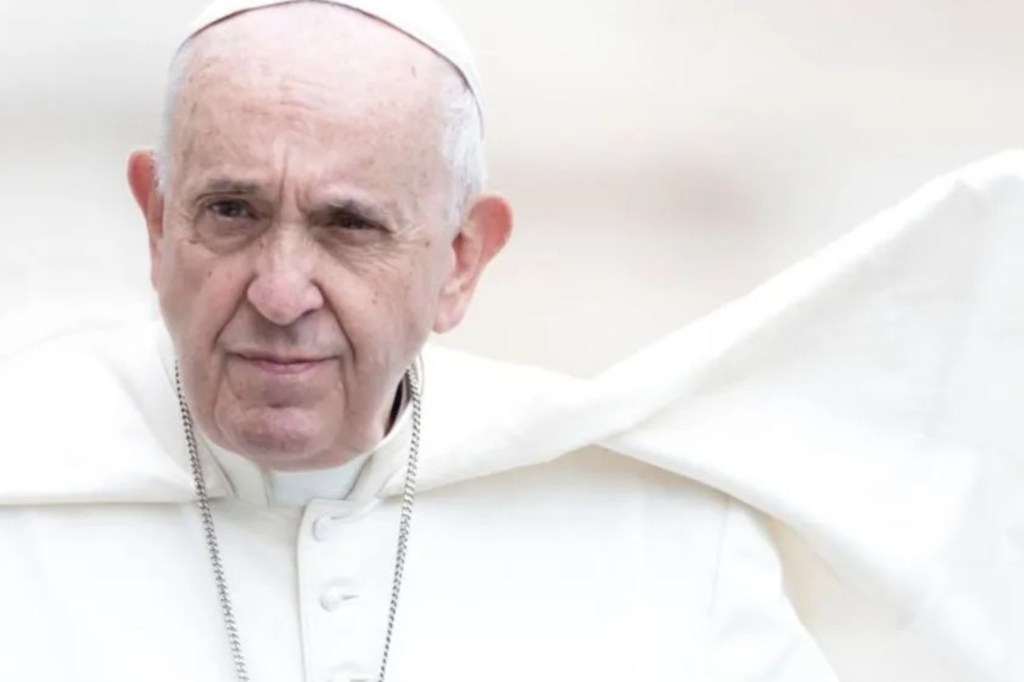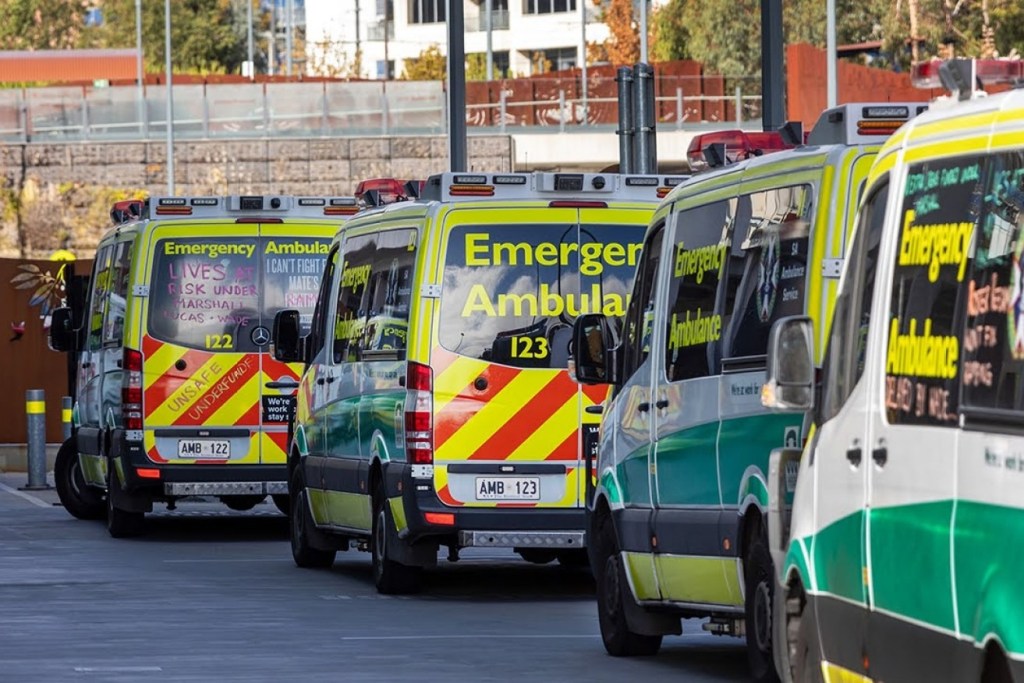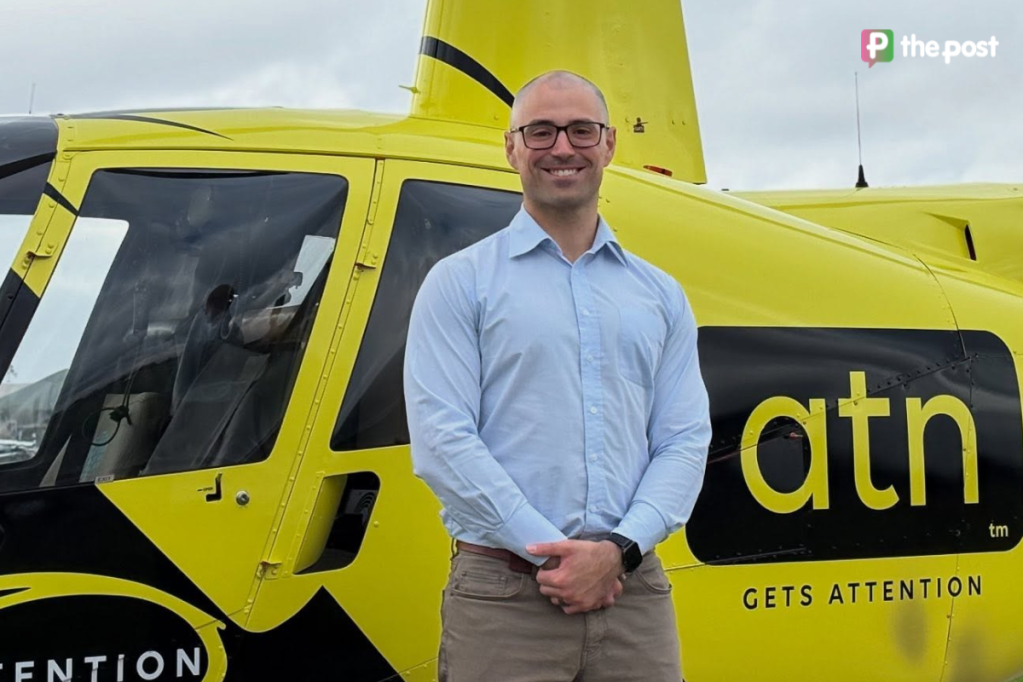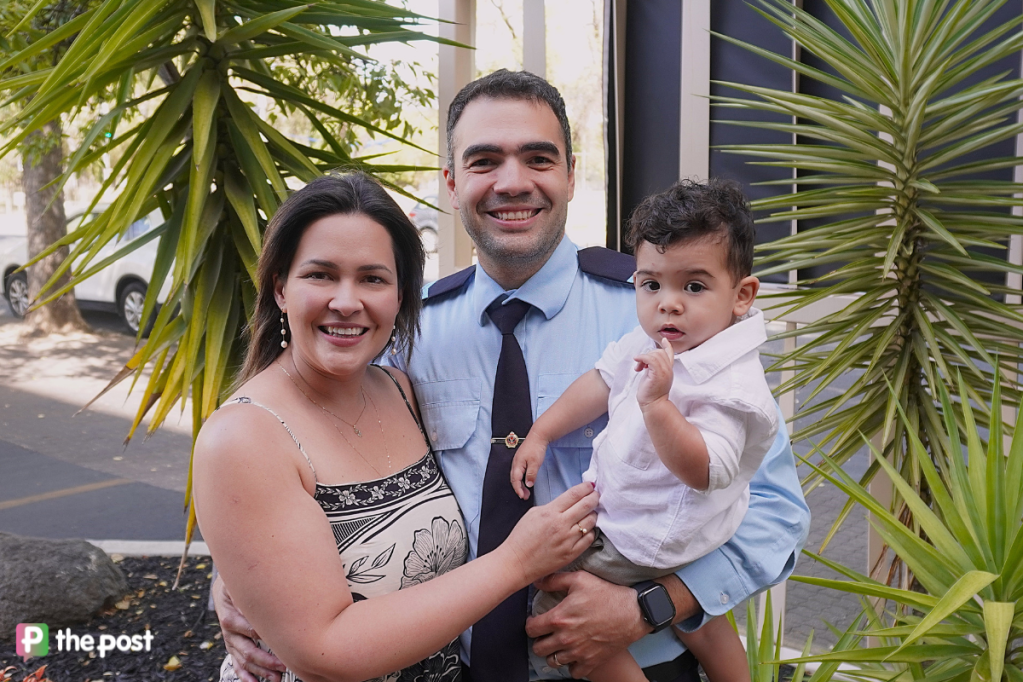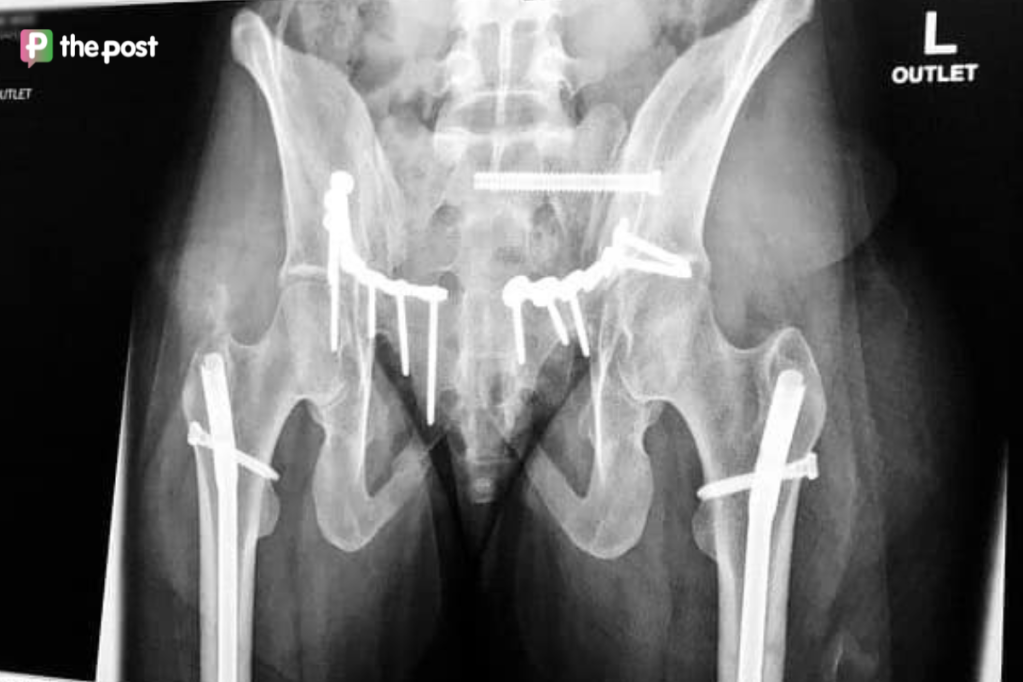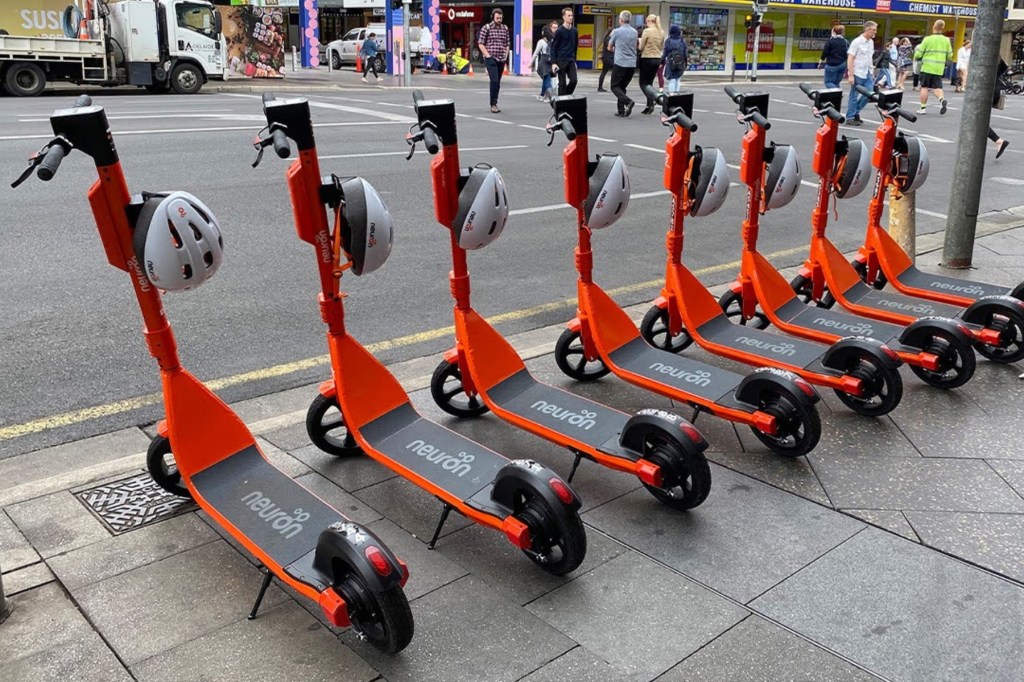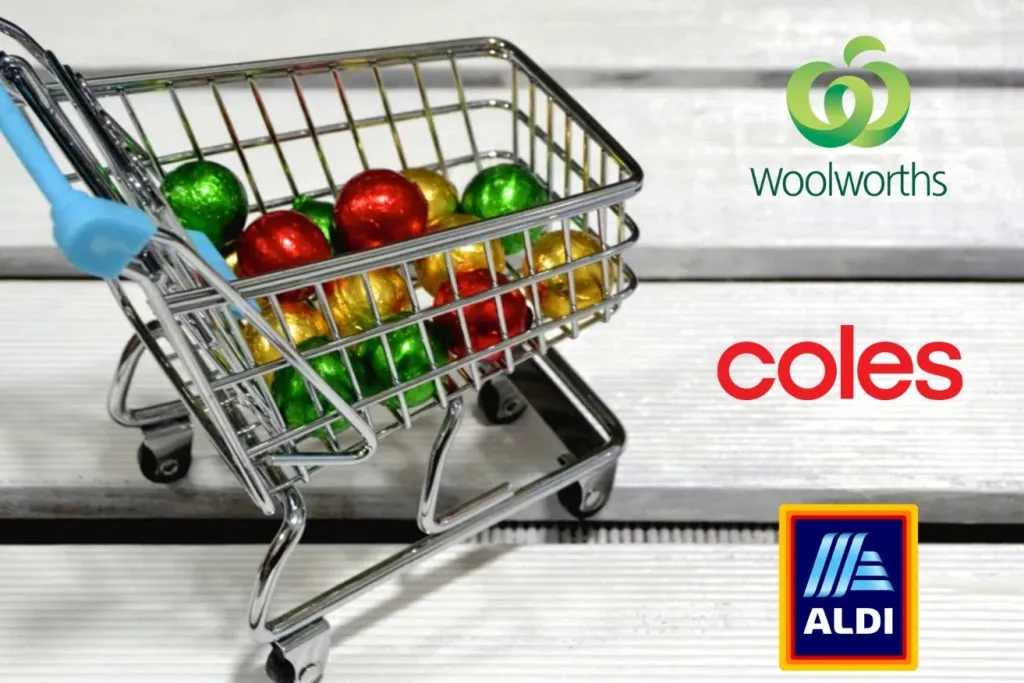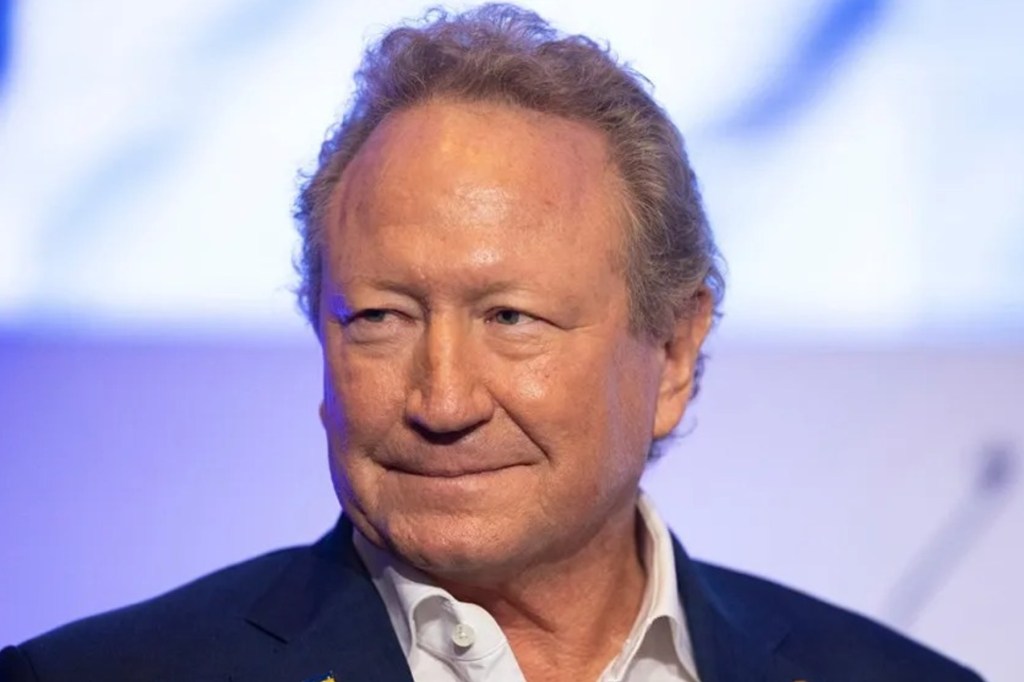PM kick-starts election year with multistate blitz
Prime Minister Anthony Albanese is marking the start of the election year with a campaign-style blitz, kicking things off with a record infrastructure promise for a major Australian arterial road.
Albanese is expected to announce $7.2 billion in funding to upgrade the Bruce Highway, which stretches almost 1700 kilometres between Brisbane and Cairns.
The pledge follows an increase in fatal accidents on the Bruce Highway and would be the single biggest investment by any government into fixing that section of road, Infrastructure Minister Catherine King said.
“This investment will go to really lifting the road safety improvement and the productivity of what is the single biggest artery, right the way through Queensland,” she told ABC on Monday.
“When you have grade separation, when you have barriers, when you take out some of the dangerous curves, that really does reduce the road safety risk.”
This funding will cover 80 per cent of the $9 billion needed to upgrade the highway from a one-star safety rating to a minimum three-star rating – out of a possible five stars. King said the improvements would also require some contribution from the Queensland government.
You might like
Albanese is set to announce the promise in Gympie, north of the Sunshine Coast, before continuing his tour to far-north Queensland.
As the election looms, Albanese is also expected to journey through the Northern Territory and Western Australia later in the week, jumping between knife’s edge electorates with a clear proposition.
“The election is a choice between building Australia’s future or taking Australia backwards,” he said.
The cost of living has continued to chip away at the government’s favourability, with the December Newspoll showing two-party-preferred support had dropped to 50-50 as Labor continued to lose key demographics.
In this latest round of messaging, Albanese will promise to pave the way for the future and take pressure off families, with investments in infrastructure, health, childcare and housing.
However, his government will need some help from the Reserve Bank and inflation figures if it wants to convince voters.
Stay informed, daily
Though the federal election has not yet been called, it is expected to be held before May 17.
However, there are only two opportunities for the central bank to bring down the cash rate – and provide much-needed cost-of-living relief – before then.
Mortgage holders and the government hope a weaker consumer price index would bolster the case for an interest cut at the Reserve Bank’s first meeting of the year in February.
While consumer price index data for November – to be released on Wednesday – will contain important details, the RBA usually emphasises the comprehensive quarterly release, which is due later in January.
Regardless, Treasurer Jim Chalmers remained confident the numbers would show the government had progressed.
“The monthly numbers can bounce around but anything with a two in front of it in this week’s data will show inflation is much less than half of what we inherited from the Liberals,” he said.
“Inflation was higher and rising under the Liberals and it’s much lower and has been falling under Labor.”
A 2.8 per cent rise in the September-quarter consumer price index marked a return to the Reserve Bank’s target range of 2-3 per cent for the first time in years.
The market expectation for headline inflation is between 2.1 per cent and 2.7 per cent in the year to November. However, monthly figures are volatile.
